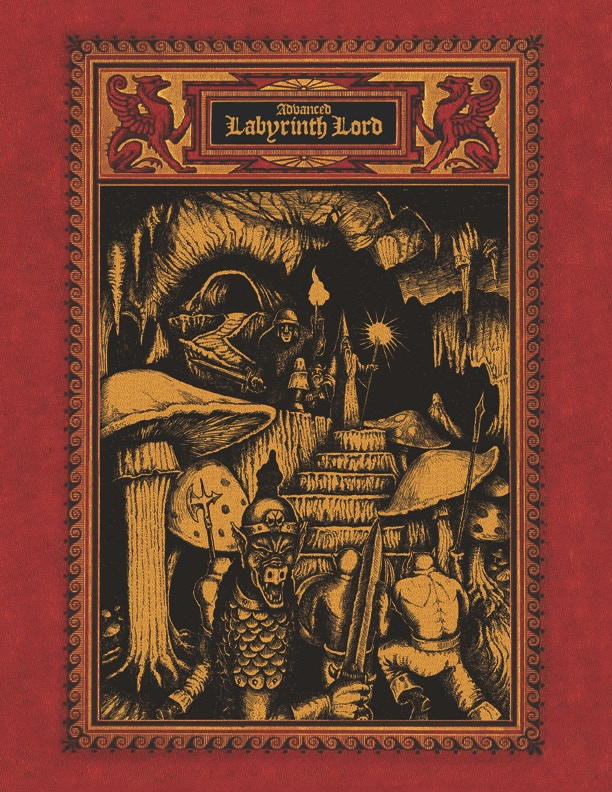Fairy tale inspirations
While there’s considerable second-hand fairy tale influence from writers like Tolkien and Lord Dunsany, the direct influence of fairy tales on Dungeons & Dragons seems surprisingly small. This is not necessarily the case—your individual campaign setting or a particular adventure might have a strong fairy tale vibe. For example, many elements of Zak’s game have to my mind a fairy tale sensibility (e.g.—snakes are books). I started thinking about fairy tales after reading a book review, which articulated some characteristic of the genre particularly well. This is a much abridged sample of the review, wherein I bolded several instructive points:
Year after year, we print and re-print fairy tales. What is it that makes them valuable? […] surely the tales do not teach morality. Remember the egregious brutality of that spoiled princess in The Frog King who, after hurling the little animal who helped her against the wall, gets rewarded. […] Nor do the tales psychologize or philosophize. What they do, instead, is what all great children’s literature does: they literalize metaphor. They lower their glittering buckets deep into the psyche’s well. […] Not quite like ancient myths, which use nymphs and satyrs to explain recurring natural phenomena; nor like fables, whose timeless moral lessons are parlayed through the escapades of animal characters; nor like legends, which exude the pungent aromas of one particular locale and its history, fairy tales are […] stories made to summon wonder, horror, enchantment—and not necessarily anything more. Uncanny in the purest sense of the word, which is to say, both bizarre and familiar at once[….] the Grimms’ tales match, with an almost miraculous precision, children’s own ways of thinking. They transform contiguity into causality, and they maximize contrast.
Mixing these characteristics into a D&D would give it a fairy tale flavor. Here’s a quick example. Take the idium/cliche “ton of bricks”. Imagine the ruler of a small kingdom, who was forced (for whatever reason—war, famine, corruption) to make very difficult decisions. One of his policies hurt a witch. The witch put a curse on him: every time one of his decisions harmed one of his subjects, a lead ingot would appear in his vicinity. Over the course of a few months, his castle filled with lead ingots. Eventually, the structure collapsed, killing him and his family. That’s your dungeon— a ruined castle full of lead ingots. This could present some interesting challenges to adventurers, and a backstory for the players to uncover as they explore.



